-
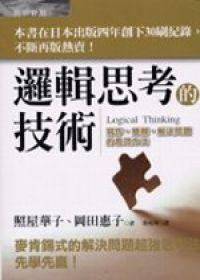
邏輯思考的技術
本書在日本出版,四年創下30刷記錄,不斷再版熱銷! 大前研一在《思考的技術》書中提到過,麥肯錫顧問公司著名的金字塔結構思考法,其基本邏輯就是「彼此獨立,互無遺漏」(MECE:MutuallyExclusive,CollectivelyExhaustive)。本書兩位作者曾經任職於麥肯錫顧問公司日本分公司,擔任客戶端的編輯/溝通工作;本書就是兩位作者從麥肯錫學到並整理出來的解決問題的架構與方法。這本書也是麥肯錫日本分公司的面試參考書籍。 在工作上,每個人碰到的問題都不同,有些甚至看起來很複雜,但是藉由將問題「結構化」變成一種共通的語言,許多問題便可迎刃而解。本書深入介紹MECE以及SoWhat?/WhySo?這兩種思考技巧,然後教您如何建立「解決問題的邏輯架構」,可廣泛用於寫作、簡報,以及解決問題的分析,都很有效。 本書以豐富的商業實例說明,並附有練習題,相當實用。不論在工作上,或是一般的溝通場合,甚至寫論文,都可參考本書的思考法,讓您在一開始就建立正確的邏輯結構,對症下藥,有效解決問題。 -
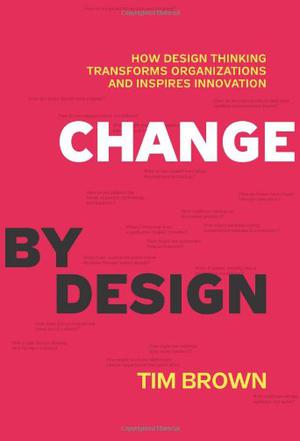
Change by Design
This book introduces design thinking, the collaborative process by which the designer’s sensibilities and methods are employed to match people’s needs with what is technically feasible and a viable business strategy. In short, design thinking converts need into demand. It’s a human-centered approach to problem solving that helps people and organizations become more innovative and creative. Design thinking is not just applicable to so-called creative industries or people who work in the design field. It’s an approach that has been used by organizations such as Kaiser Permanente to increase the quality of patient care by re-examining the ways that their nurses manage shift change or Kraft to rethink supply chain management. This book is for creative business leaders who seek to infuse design thinking into every level of an organization, product, or service to drive new alternatives for business and society. -
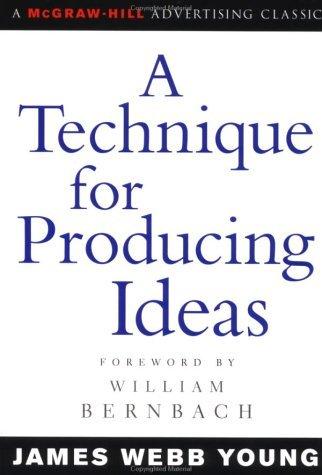
A Technique for Producing Ideas
A McGraw-Hill Advertising Classic A Technique for Producing Ideas reveals a simple, sensible idea-generation methodology that has stood the test of time. First presented to students in 1939, published in 1965, and now reissued for a new generation of advertising professionals and others looking to jump-start their creative juices, this powerful guide details a five-step process for gathering information, stimulating imagination, and recombining old elements into dramatic new ideas. -
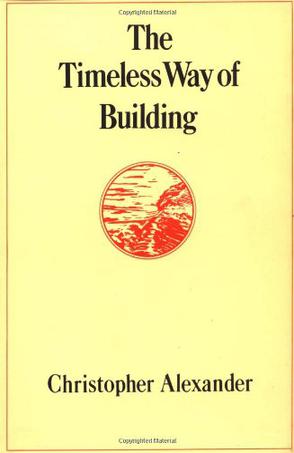
The Timeless Way of Building
The theory of architecture implicit in our world today, Christopher Alexander believes, is bankrupt. More and more people are aware that something is deeply wrong. Yet the power of present-day ideas is so great that many feel uncomfortable, even afraid, to say openly that they dislike what is happening, because they are afraid to seem foolish, afraid perhaps that they will be laughed at. Now, at last, here is a coherent theory which describes in modern terms an architecture as ancient as human society itself. -
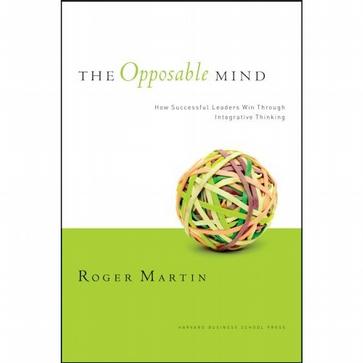
The Opposable Mind
If you want to be as successful as Jack Welch, Larry Bossidy, or Michael Dell, read their autobiographical advice books, right? Wrong, says Roger Martin in "The Opposable Mind." Though following "best practice" can help in some ways, it also poses a danger: By emulating what a great leader did in a particular situation, you'll likely be terribly disappointed with your own results. Why? Your situation is different. Instead of focusing on what exceptional leaders do, we need to understand and emulate how they think. Successful businesspeople engage in what Martin calls integrative thinking--creatively resolving the tension in opposing models by forming entirely new and superior ones. Drawing on stories of leaders as diverse as AG Lafley of Procter & Gamble, Meg Whitman of eBay, Victoria Hale of the Institute for One World Health, and Nandan Nilekani of Infosys, Martin shows how integrative thinkers are relentlessly diagnosing and synthesizing by asking probing questions--including "What are the causal relationships at work here?" and "What are the implied trade-offs?" Martin also presents a model for strengthening your integrative thinking skills by drawing on different kinds of knowledge--including conceptual and experiential knowledge. Integrative thinking can be learned, and "The Opposable Mind" helps you master this vital skill. -
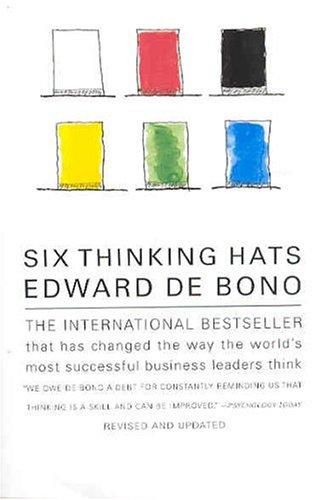
Six Thinking Hats